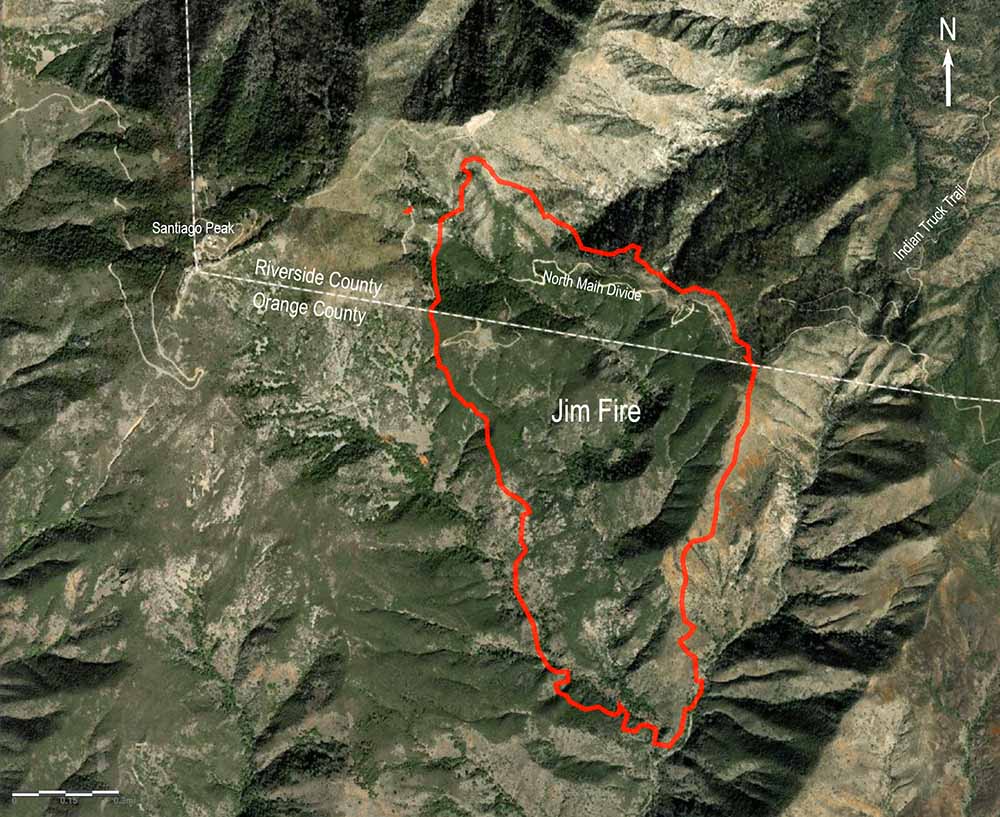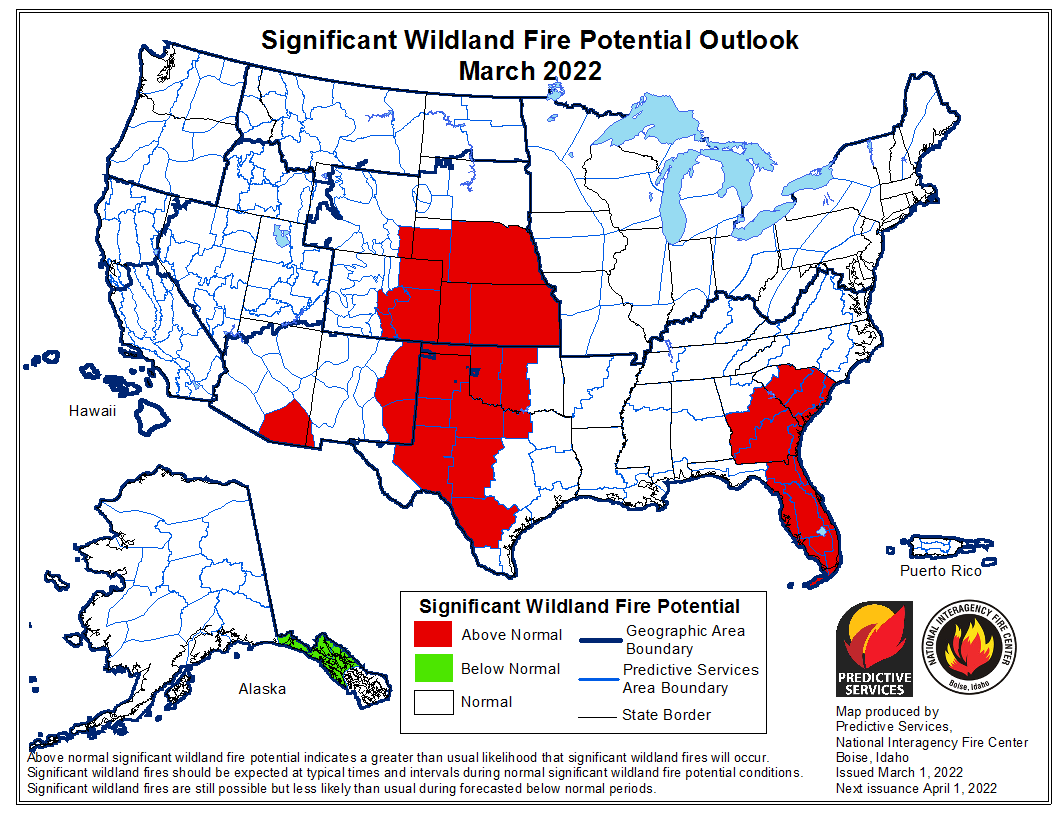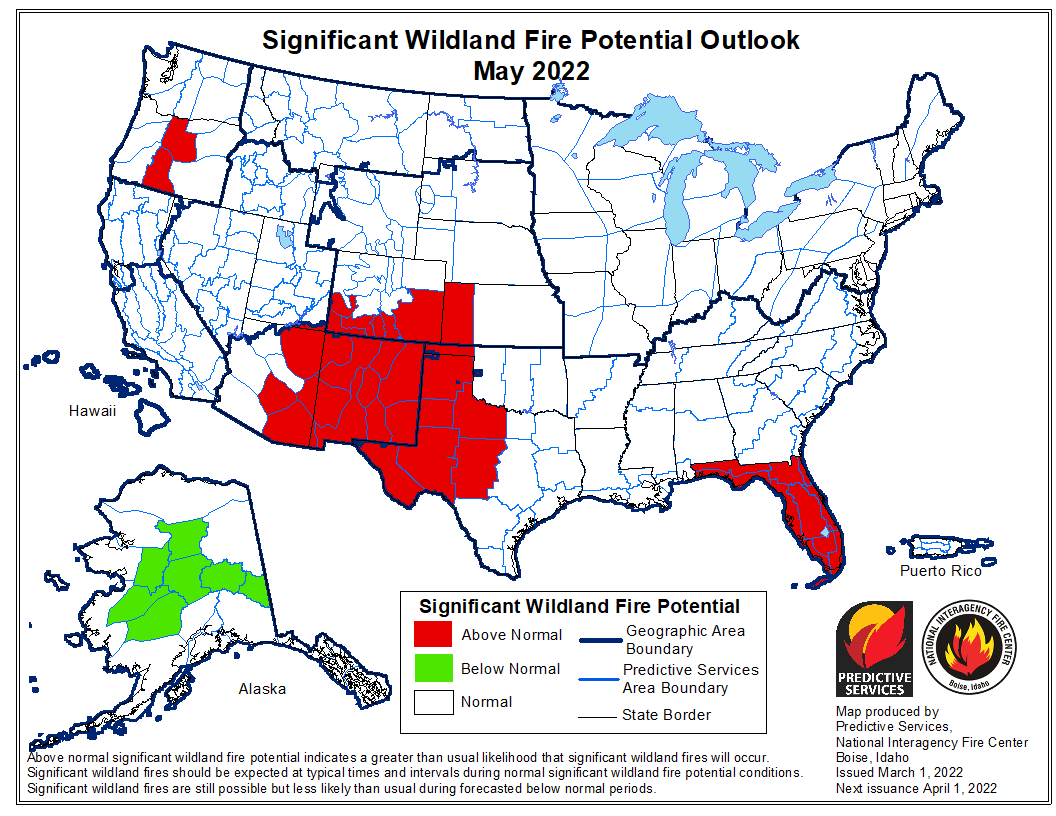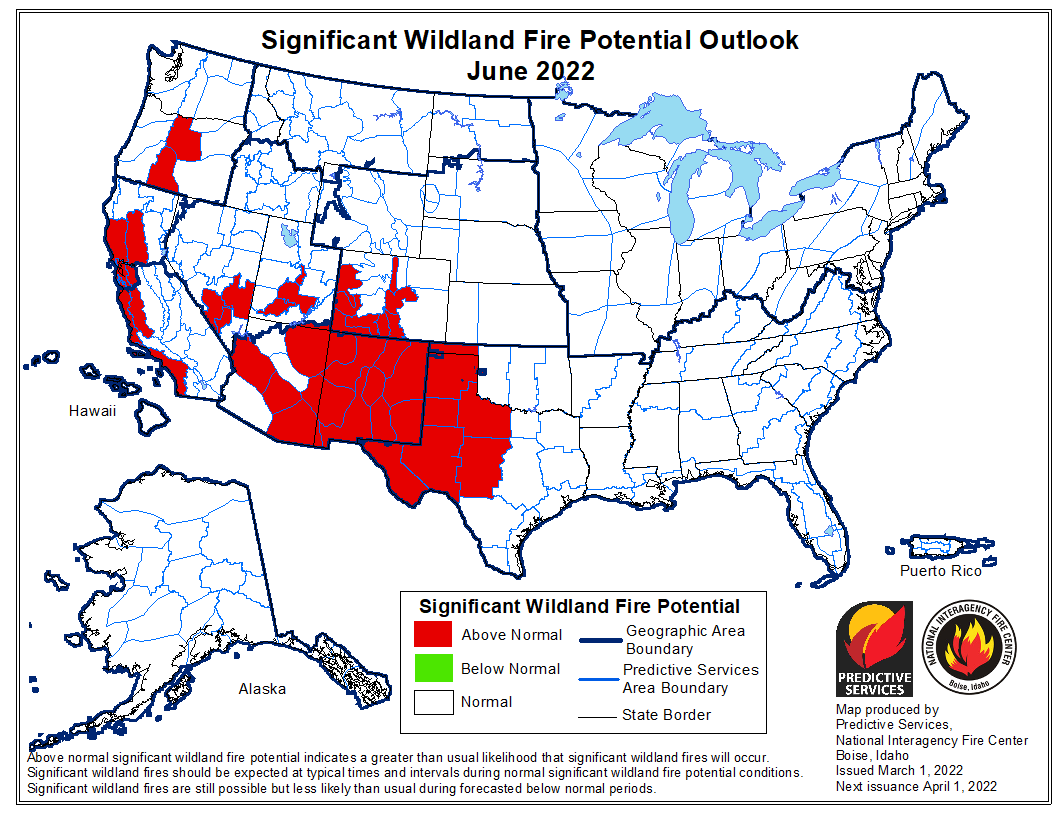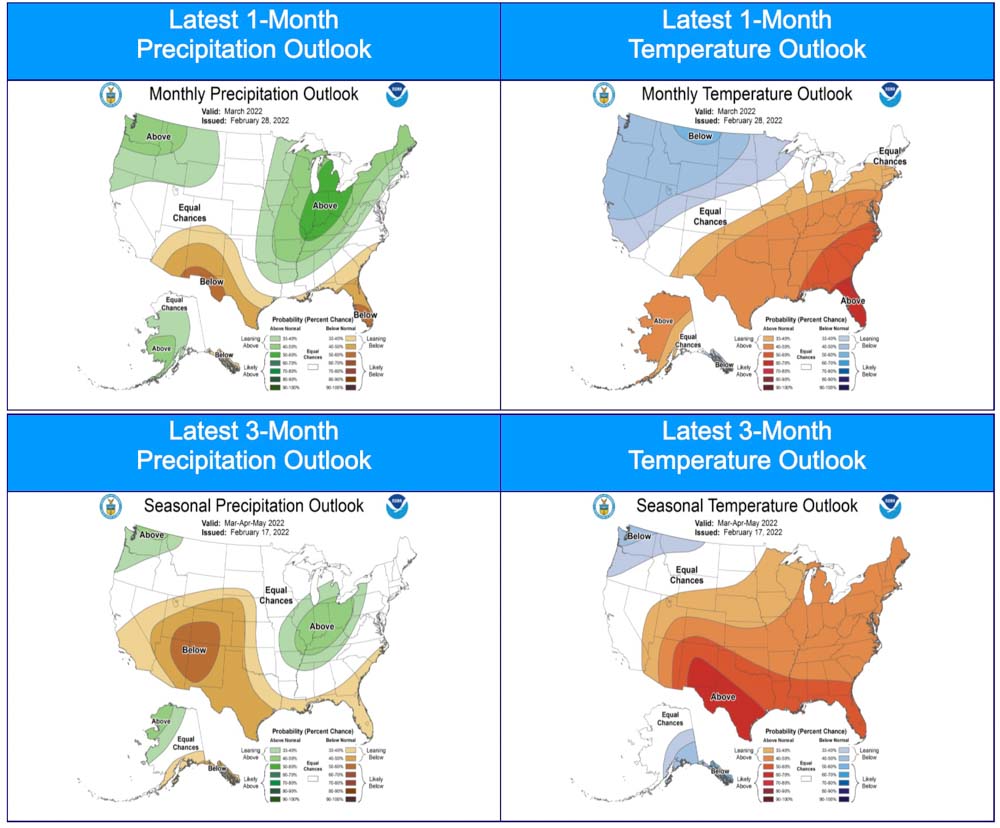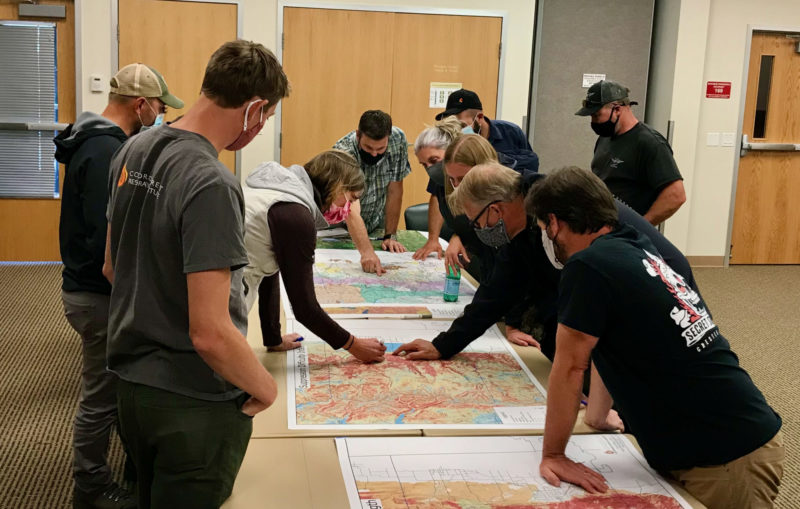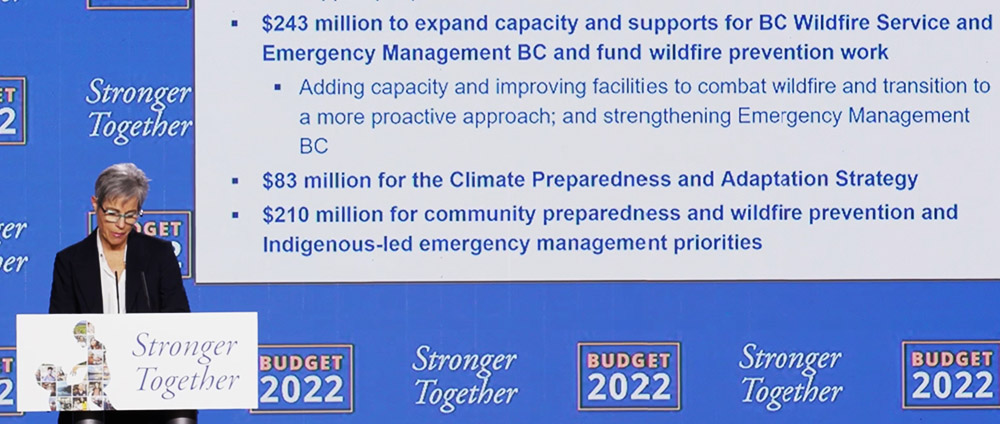
Yesterday two US Congressmen, Tom McClintock (CA-04) and Doug LaMalfa (CA-01), introduced legislation directing the U.S. Forest Service to immediately suppress wildfires on National Forest System.
H.R. 6903 requires that “to the extent practicable, use all available resources to carry out wildfire suppression with the purpose of extinguishing wildfires detected on National Forest System lands not later than 24 hours after such a wildfire is detected.”
It further states, the Forest Service “may only use fire as a resource management tool if the fire is a prescribed fire that complies with applicable law and regulations; and may only initiate a backfire or burnout during a wildfire by order of the responsible incident commander.”
It does not stop there. If a wildfire is used as a resource management tool or if a backfire or burnout was not authorized by the incident commander, the bill stipulates that “any person aggrieved by a violation [of those two requirements] may bring a civil action against the United States…”
There have been a number of fires in the last couple of years that received a lot of criticism for a lack of suppressing them or for adopting a strategy of back off and burn out thousands of acres rather than construct direct fire line.
The most notorious initially unattacked fire recently was the Tamarack Fire near Markleeville, CA. It started as a single tree on July 4, 2021 and was monitored but not suppressed for 13 days while it was very small until it suddenly grew very large. It burned at least 15 structures and more than 67,000 acres as it ran from California into Nevada jumping Highway 395 and prompting the evacuation of 2,000 people.
In a Congressional committee hearing September 29, 2021 Randy Moore the new Chief of the U.S. Forest Service was asked several questions by Rep. LaMalfa, including about the Tamarack Fire. The Chief said that after the fire started the Forest Service “spiked out a small crew to monitor” the fire. If that was the case, they apparently took no action, because the USFS reported on July 10 that it was 0.25 acre, they were not going to insert crews due to safety concerns, and it “posed no threat to the public, infrastructure, or resource values.” The Chief gave grossly incorrect information about the number of fire personnel that were assigned to fires at that time and the number of large uncontained fires, in both cases inflating the numbers by factors of three or four. That appeared to be justification for not attacking the fire — a shortage of firefighters. However, a quarter-acre fire would only need a handful of personnel for a day or two. On July 23 the incident reported that 1,353 personnel were assigned.
Rep. LaMalfa tried to get the Chief to say the Forest Service is committed to aggressive initial attack on new fires, but he preferred to use the term “aggressive forest management.” (He later said that they already do aggressive initial attack.)
If the name Tom McClintock sounds familiar, he was the Representative who when asked about the difficulties in recruiting and retaining wildland firefighters last July, said,”Wildfire firefighting is hot, miserable work, but it is not skilled labor.”
Our take
“Fire science is not rocket science—it’s way more complicated.” Robert Essenhigh, Professor Emeritus, Mechanical and Aerospace Engineering, Ohio State University.
It is possible to manage a fire while not suppressing it, but is extremely difficult to do successfully. It takes smart, very experienced firefighters who are able to play the “what if” game, as firefighting legend Rick Gale used to say. You have to anticipate what COULD happen, and have a plan in your pocket for how to mitigate it before or after it happens, without significant unpleasant repercussions. I never heard him use the term, but in other words, consider the second and third order effects.
I have heard people say that we have too much fuel because fires have been suppressed, so this means we should greatly ramp up the use of less than full suppression fires. Many of those folks do not have a complete understanding of the full complexities.
As a member of an interagency incident management team whose sole duty was to manage less than full suppression wildfires, I learned that it is extremely difficult to allow a wildfire to successfully burn for weeks or months with little or no suppression. It requires highly skilled and long-experienced firefighters in key positions to make it work. Another ingredient that is necessary, which can’t be entered on a Resource Request, is luck. All it takes is one or two days of very strong winds and you can find yourself in a nightmare scenario. A less than full suppression fire which goes on for months will probably encounter at least one wind event. After the fire quadruples in size, changing the strategy to suppression is not a situation an Agency Administrator wants to find themselves in.
Selecting this strategy at the beginning or even the middle of the fire season is, to put it bluntly in clear text, stupid. Especially when the fuels are extremely dry. It would make more sense four to six weeks before the average date of a Season Ending Event brought on by heavy rain or snow. However as we have seen in recent years, “average” conditions are not a sure thing.
Prescribed fire — Yes
While encouraging widespread use of less than full suppression fires is not the the best solution, we can and should, greatly increase the use of prescribed fire. To pick a number out of the air, escalate it by a factor of 10. And, let’s be careful about igniting large expanses of grass or prairie just to hit a number where you can burn for $5 an acre. Make it meaningful, where it is needed.

